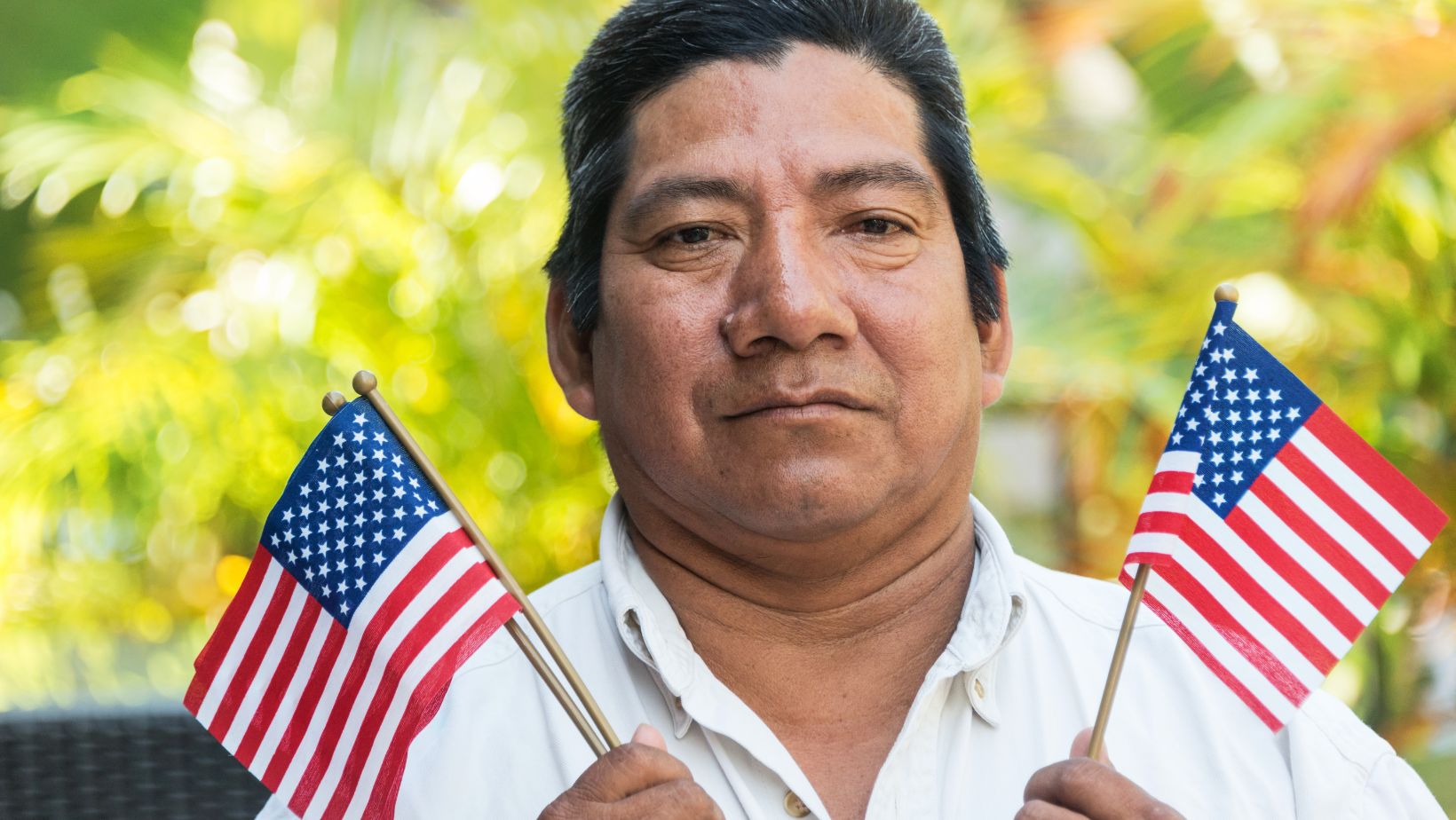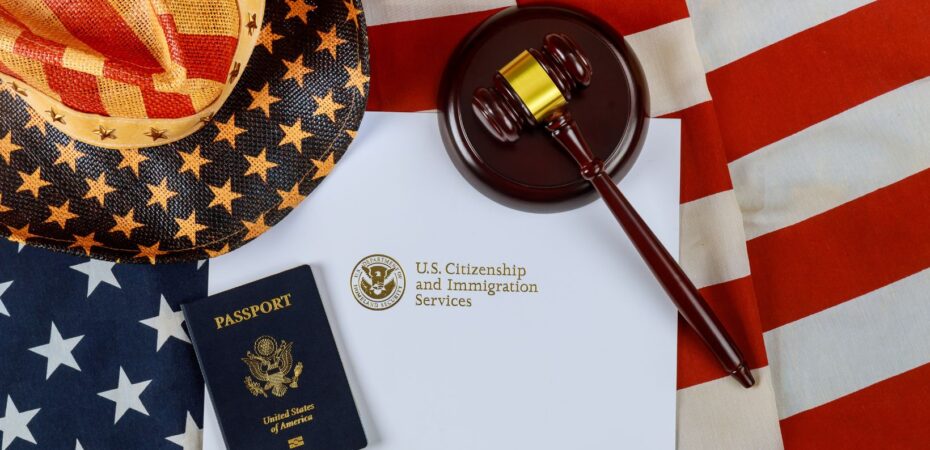Immigration has long been a cornerstone of the American identity, contributing to the nation’s economic growth, cultural diversity, and global leadership. However, alongside these benefits lies a critical need to safeguard the country’s national security. As global threats evolve, the intersection of immigration policy and national security has become increasingly complex.
Effective immigration systems must not only welcome newcomers but also ensure the safety and sovereignty of the United States. For individuals seeking to immigrate legally and contribute to the U.S. economy, programs such as the EB-5 Immigrant Investor Visa, offered through trusted platforms like https://www.eb5brics.com allow foreign nationals to invest in job-creating enterprises while undergoing thorough background and security checks. This dual-purpose approach supports both economic development and national safety.
This article explores how immigration policies intersect with national security concerns and the steps the U.S. takes to manage both.
The National Security Implications of Immigration
Immigration touches nearly every facet of national security from border protection and law enforcement to counterterrorism and cyber defense. Ensuring that individuals entering the U.S. do not pose a threat is a fundamental goal of immigration screening processes. National security agencies must carefully vet travelers, immigrants, and asylum seekers to identify any connections to criminal or terrorist organizations.
Concerns around national security have shaped immigration debates, especially in the post-9/11 era. The tragic events of September 11, 2001, catalysed a transformation in how the U.S. monitors and processes immigration. National security is now a foundational component of immigration policy design and enforcement.
Screening and Vetting Processes
One of the primary tools for safeguarding national security is the robust screening and vetting of immigrants and visitors. Several federal agencies, including the Department of Homeland Security (DHS), the Federal Bureau of Investigation (FBI), and U.S. Customs and Border Protection (CBP), work together to screen individuals through background checks, biometric data collection (such as fingerprints and facial recognition), and intelligence-sharing databases.
These vetting processes help identify individuals with criminal records, links to terrorism, or fraudulent applications. Over the years, these systems have grown more sophisticated, leveraging technology and interagency collaboration to maintain high standards of scrutiny.
The Role of Border Security
Securing the nation’s borders is a visible and vital aspect of national security. Border control efforts aim to prevent the unlawful entry of individuals, contraband, weapons, and other threats. U.S. Border Patrol agents and other enforcement entities use advanced surveillance technologies, physical barriers, and patrol units to manage high-risk entry points.

However, border security is more than just preventing illegal crossings. It also involves managing humanitarian crises, processing asylum seekers according to international laws, and supporting lawful trade and travel. A well-regulated border system upholds security while preserving the United States’ reputation as a welcoming and lawful nation.
Immigration Enforcement and Interior Security
Within the country, agencies like U.S. Immigration and Customs Enforcement (ICE) play a key role in identifying and removing individuals who violate immigration laws or who pose public safety threats. These enforcement efforts often involve cooperation with local law enforcement, investigations into visa fraud or smuggling, and the detention and deportation of individuals with criminal backgrounds.
While these actions are meant to protect communities, they can also raise concerns about civil liberties and the treatment of immigrants. Policymakers are continually working to balance enforcement with due process, accountability, and humane practices.
Terrorism and Foreign Threats
Preventing terrorist infiltration remains a top priority for immigration officials. Policies such as the Visa Waiver Program Improvement Act and the creation of the National Vetting Center aim to bolster national security by closing loopholes and improving real-time threat detection. Travelers from regions with high terrorism risks may face additional scrutiny, and refugee applications undergo extensive reviews before approval.
It is important to note, however, that immigrants as a whole do not pose a disproportionate security risk. In fact, data consistently shows that immigrants are less likely to commit crimes than native-born citizens. Still, isolated incidents can fuel public fears, making the need for transparent, evidence-based policies even more crucial.
Cybersecurity and Immigration Technology
As immigration systems increasingly rely on digital technologies, cybersecurity has become an integral part of national security. Secure data handling, encrypted communications, and protection against cyberattacks are essential for maintaining the integrity of immigration records and personal information.

Hackers targeting government databases could potentially alter identities or disrupt immigration functions. For this reason, federal agencies invest heavily in cyber defense systems to protect the digital infrastructure that underpins immigration enforcement and processing.
Balancing Security with American Values
One of the central challenges in immigration policy is balancing national security with America’s core values openness, freedom, and the rule of law. The United States prides itself on being a nation of immigrants, but this ideal must coexist with practical concerns about safety and control.
Well-designed immigration policies can achieve both goals: protecting the country from threats while ensuring that legitimate immigrants, refugees, and asylum seekers have fair access to entry and opportunity.
Immigration and national security are deeply interconnected aspects of U.S. governance. A strong immigration system, when combined with effective security measures, enhances both public safety and national prosperity. As threats evolve and migration patterns change, the U.S. must remain vigilant yet compassionate, upholding security without compromising its founding principles.
A balanced approach ensures that the United States remains a beacon of hope and opportunity while protecting the lives and liberties of all who call it home.


 By
By 




